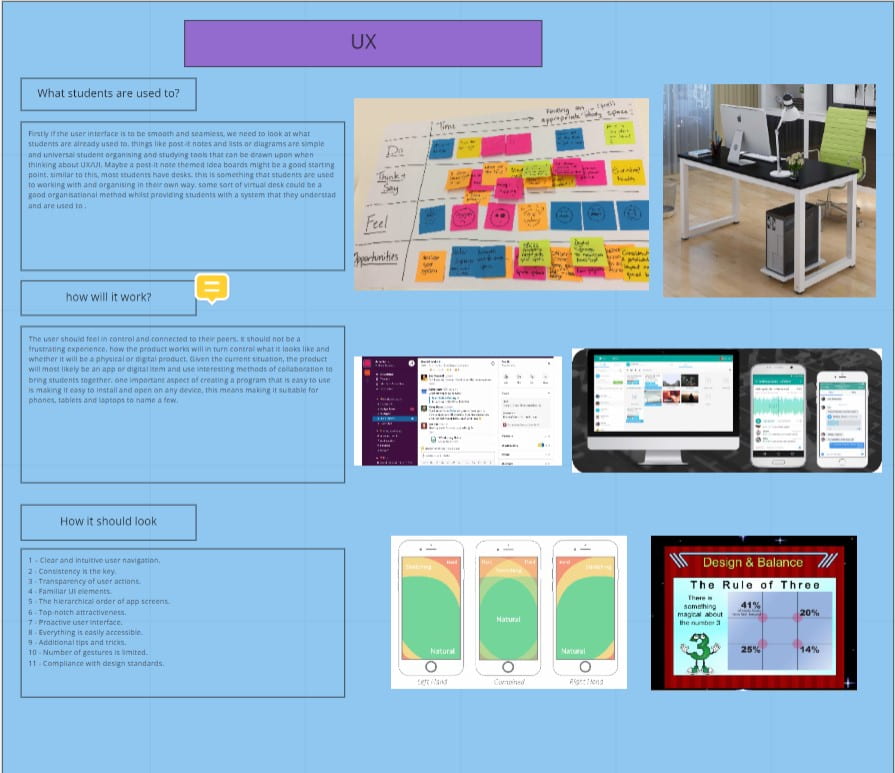The final portfolio continues the graphical choices outlined in the draft, but showcases a variety of work from the internal and external projects for the DP605 module. The portfolio is kept flexible and allows easy switching of work to keep it up to date. The boxes that outline the work is a constant throughout the document and therefore all work is a consistent size and able to be easily replaced.
 The front cover is bold and striking because I wanted to make an impact on the reader. The blue and white colour scheme is calming and relates to my interest in sustainable solutions and modern problems that can be solved such as climate change, renewable energy and less fortunate people.
The front cover is bold and striking because I wanted to make an impact on the reader. The blue and white colour scheme is calming and relates to my interest in sustainable solutions and modern problems that can be solved such as climate change, renewable energy and less fortunate people.
The contents page now displays the correct numbers and corresponding titles.
The internal project is first as my portfolio takes a chronological order. I have done this to show my progression and to give my portfolio some structure. It also creates a talking point if I were to use this document to showcase my work in a job interview.
The internal project is continued here. This page is the most information heavy, with a small paragraph running through my ideas. I have tried to keep as much white space as possible to make it easy on the readers eyes but sometimes there is a lot to say about a project. If needed, I could adopt a layout similar to page 3 where the text is separated. This will look neater but more repetitive.
The second project is indicated with a bold title. I have continued with the chronological theme of the portfolio even within each project. The early work is first and the final designs are last. I have tried to include a range of work, even if it is not a polished final piece because I want to show the reader I am competent in the whole design process and I can manage my work well.
The second project had many developed designs which can be easily swapped in depending on who is reading the document. I have tried to best show my graphic design style but if I change my career direction, other posters or work can be used instead.
This is the final design for the second project. I have no text on this page apart from the title because I want the reader to be looking at the design and the photoshop render. I have really utilised white space here for maximum impact.
My social media is at the end of the document because it is the last thing the reader will read and is most likely to remember. As the reader has now finished looking through my portfolio document, they are free to browse the social media if they wish. If I had placed my social media links in the middle of the document, the reader might forget to visit by the time they reach the end. The link to the Instagram page is in blue text to indicate that its a live link.






























